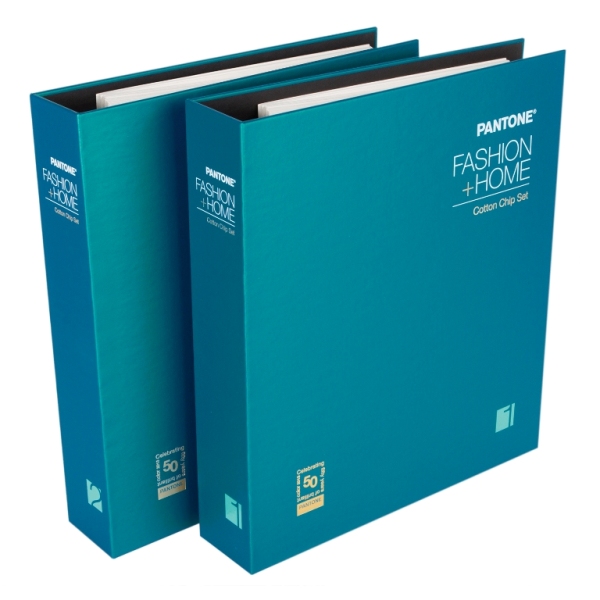Mastering Mass Calibration Uncertainty
In the realm of metrology, precision reigns supreme. Every measurement, no matter how small, carries significance, making accuracy non-negotiable. Mass calibration, a cornerstone of metrology, ensures that weighing instruments deliver reliable results. Enter OIML R111-1, a standard that offers a systematic approach to mastering mass calibration uncertainty.
What is OIML R111? OIML R111 is a guideline set forth by the International Organization of Legal Metrology (OIML). It provides a structured methodology for quantifying the uncertainty associated with mass calibration, ensuring consistency and reliability in measurement practices worldwide.
Understanding the Formula: At the heart of OIML R111 lies a simple yet powerful formula:
- represents the calibration uncertainty.
- denotes uncertainty due to repeatability.
- signifies uncertainty arising from reproducibility.
- accounts for uncertainty stemming from linearity.
Breaking Down the Components:
- Repeatability (): This factor gauges the consistency of measurements when the same mass is weighed repeatedly under identical conditions. It serves as a measure of precision.
- Reproducibility (): Here, the focus shifts to the variation in measurements obtained using different balances to weigh the same mass. It assesses the instrument's consistency across multiple devices.
- Linearity (): This term addresses deviations from a linear relationship between the applied load and the displayed value. It evaluates the accuracy of the instrument's response across its operating range.
The Importance of Calibration Uncertainty: Quantifying uncertainty is not merely a box-ticking exercise; it's a fundamental aspect of ensuring measurement reliability. By understanding and applying the principles outlined in OIML R, organizations can assess the confidence level in their calibration results. This, in turn, enables them to make informed decisions based on the reliability of their weighing instruments.
In Conclusion:







